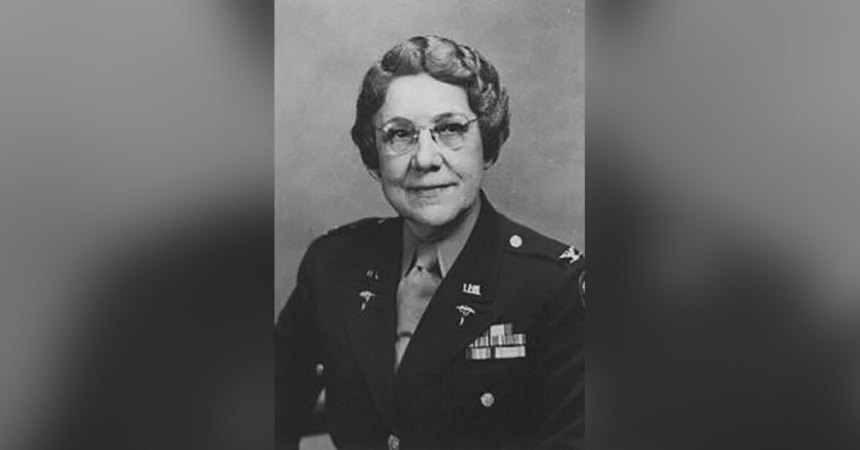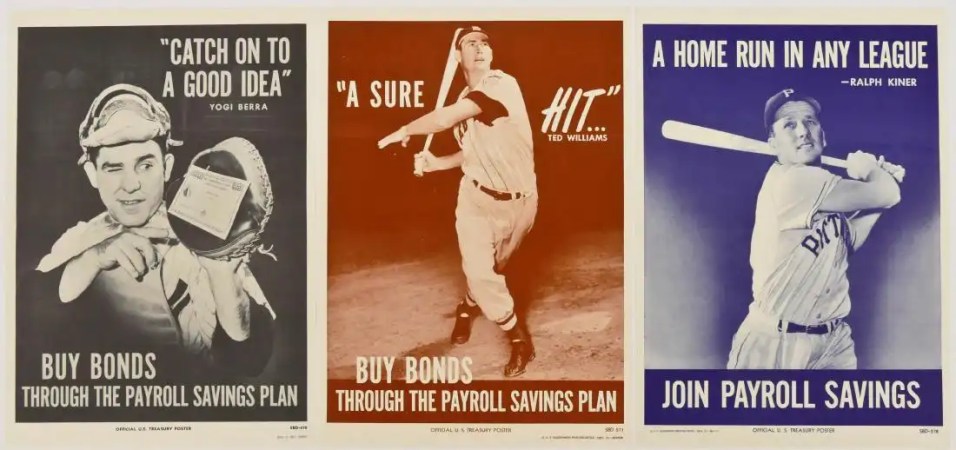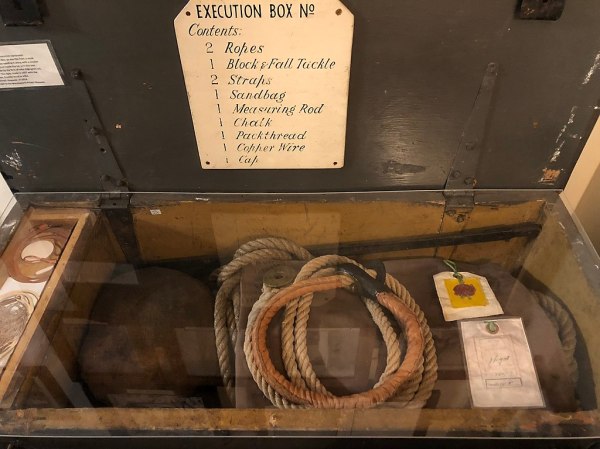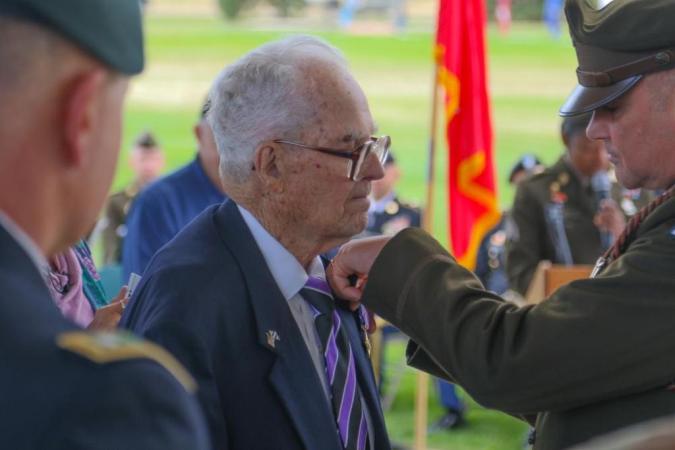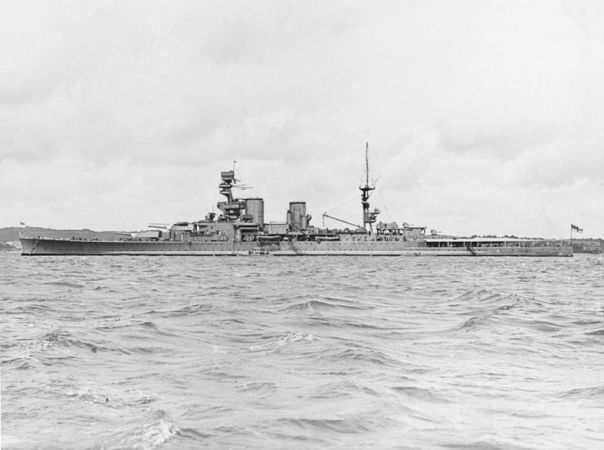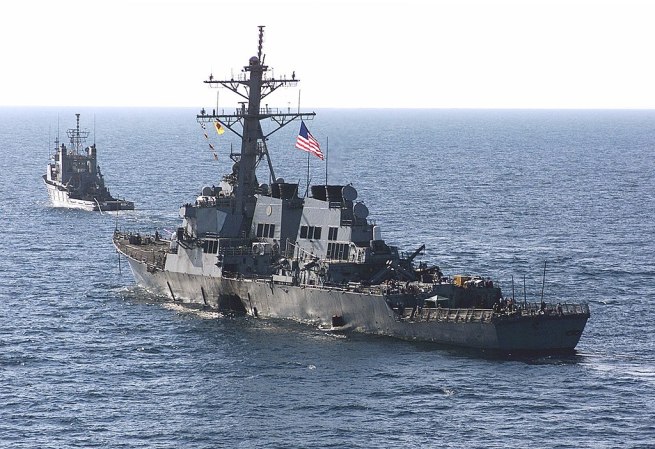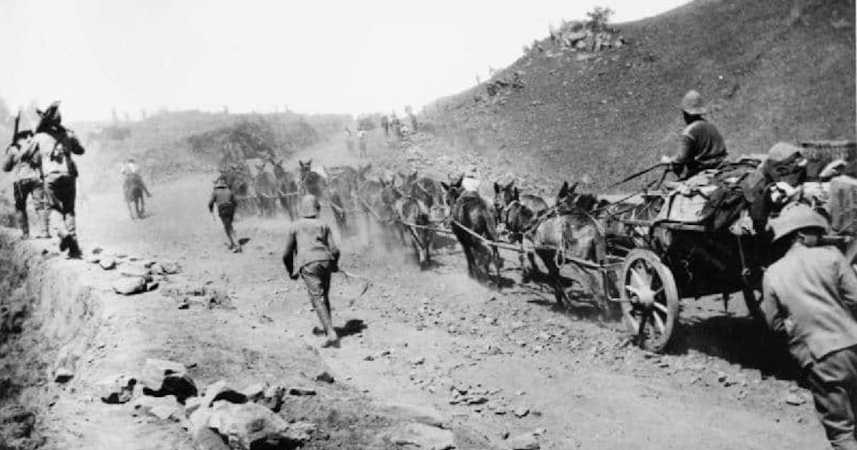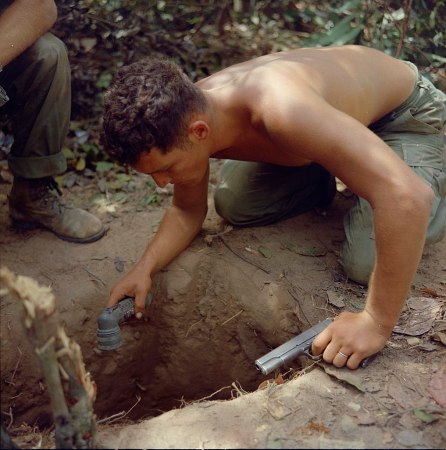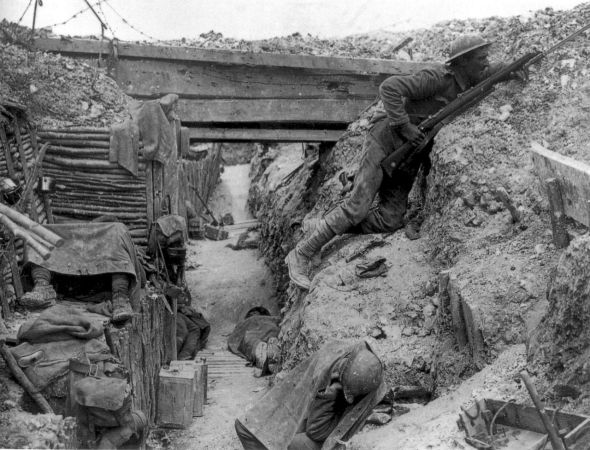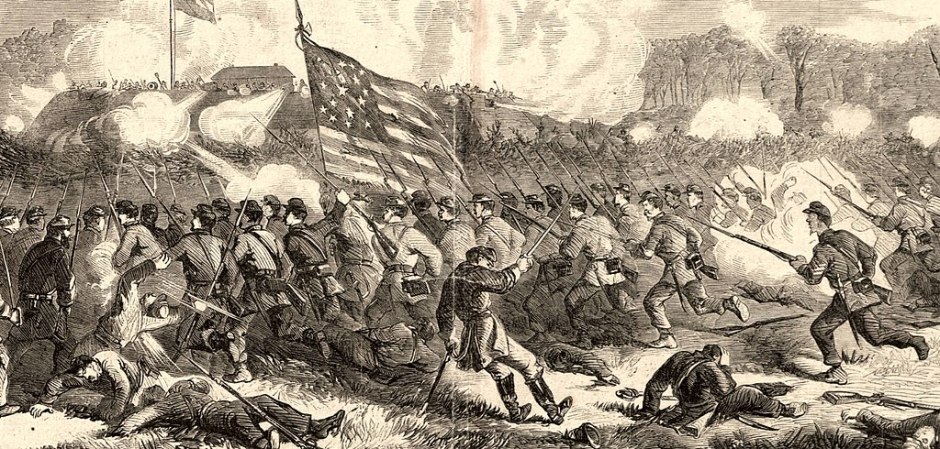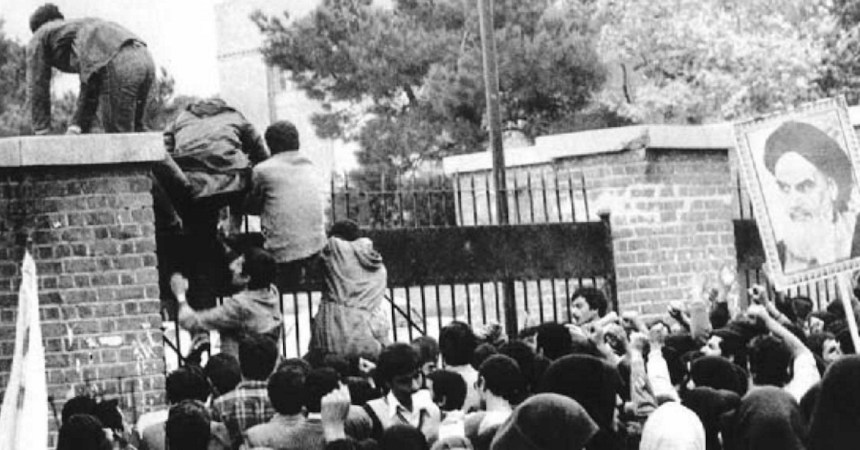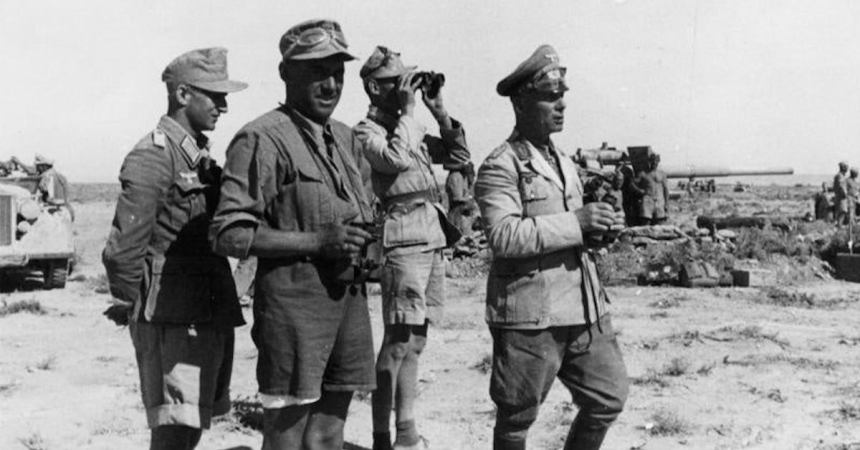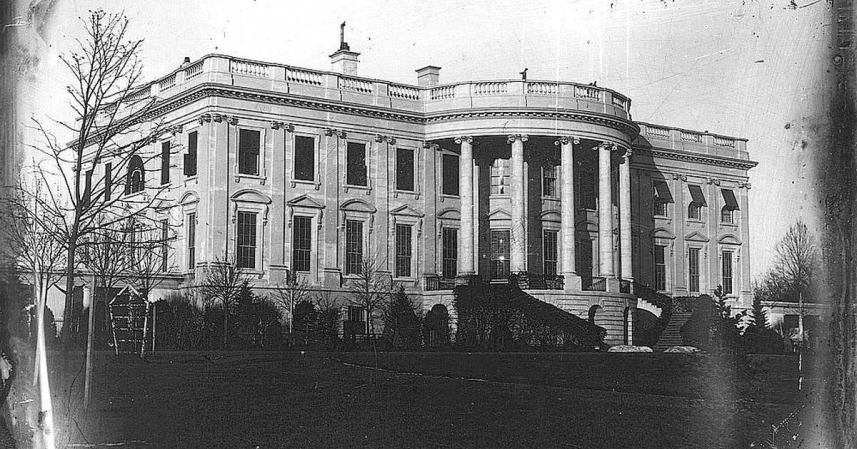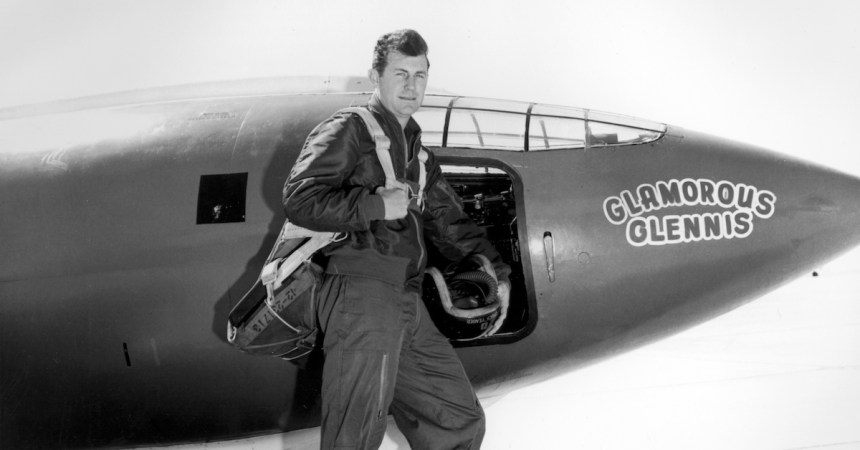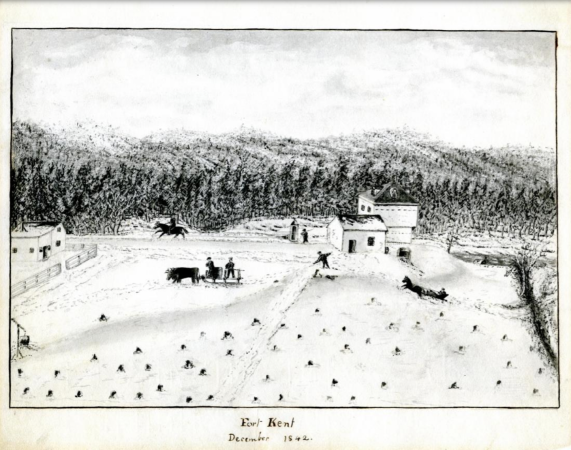Susan Ahn Cuddy was all about historic firsts. Born in Los Angeles in 1915, her parents were the first married Korean couple to immigrate to the United States in 1902. During WWII, Cuddy joined the US Navy, becoming the first Asian American woman to do so. In spite of anti-Asian prejudice and sexism, Cuddy excelled in the military and became the Navy’s first female gunnery officer. Like the rest of America after Pearl Harbor, she was driven by a desire to take the fight to Japan.

Cuddy’s father, Ahn Chang-ho, was an outspoken Korean independence activist. In 1937, during a return trip to Asia, he was arrested by Japanese authorities. Ahn developed a severe internal illness during his imprisonment and died the next year. Despite the loss of her father, Cuddy was greatly influenced by his resolve. In a 2015 LA Times interview, she noted that her father encouraged his children to be free-thinking and independent.
Following her father’s guidance, Cuddy played women’s baseball in high school and at LA City College. In 1940, she transferred to San Diego State College (now University) and graduated with a degree in sociology. Following the Japanese surprise attack on Pearl Harbor, Cuddy embraced her father’s guidance again. She recalled that her father taught his family to be good Americans while not forgetting their Korean heritage. Despite criticism that it was unsuitable for her as an Asian American and as a woman, Cuddy enlisted in the Navy.

Initially, Cuddy was rejected from the Women’s Reserve of the U.S. Naval Reserve due to her race. Undeterred, she reapplied and was accepted as an enlisted member in December 1942. Cuddy was part of the first group of Women Accepted for Volunteer Emergency Service to undergo a new five-week training course in Cedar Falls, Iowa. After this basic military education, she was sent to Georgia and learned how to work on early flight simulators.
Become an expert on the simulators, Cuddy trained aspiring aviators on them. However, she was temporarily reassigned to serve as an aerial gunnery instructor. In this duty, Cuddy trained aircrews on engaging moving targets. During this time, her hard work was noticed by an officer who recommended Cuddy for officer training. In late summer 1943, she attended a 90-day officer training course at Smith College in Northampton, Massachusetts and commissioned as a WAVES officer that fall.

Because Cuddy previously served as an aerial gunnery instructor, the Navy sent her to gunnery school in Pensacola, Florida. After extensively training on an array of weapons, Cuddy graduated from the course and became the Navy’s first female gunnery officer. In January 1944, she was assigned to Atlantic City Naval Air Station where she trained Naval Aviators on the M2 Browning .50-caliber machine gun.
By the time Cuddy earned the rank of lieutenant, she was reassigned to the Office of Naval Intelligence. Her outstanding performance and ability to speak Korean made her an invaluable code-breaking asset. Although she initially faced prejudice for her race, Cuddy proved herself through her work and was eventually selected as ONI’s liaison with the Library of Congress.
In 1946, with the war over and her father’s dream of a free and independent Korea realized, Cuddy left the Navy. During her time at ONI, she met Chief Petty Officer Francis Cuddy, a code-breaker also involved in Korean assignments. The two of them fell in love and married in April 1947. Because interracial marriages were prohibited in Virginia, the Cuddys were married at the Navy chapel in Washington, D.C.
After the Navy, Cuddy worked for the NSA. In 1956, she received a fellowship to study at the University of Southern California and went on to work top secret projects for the NSA, DOD, and other government agencies. She left the intelligence community in 1959 and the family moved to Los Angeles to raise their two children.

In addition to raising her family, Cuddy helped run the Anh family restaurant in Panorama City. Moreover, she supported LA’s growing Korean American community and archived her family’s historic records. In 2003, the State Assembly of California of District 28 named her Woman of the Year in recognition of her public service. Three years later, Cuddy received the American Courage Award from the Asian American Justice Center in Washington D.C. The Los Angeles County Board of Supervisors also designated a “Susan Ahn Cuddy Day.” She passed away on June 24, 2015 at the age of 100.




